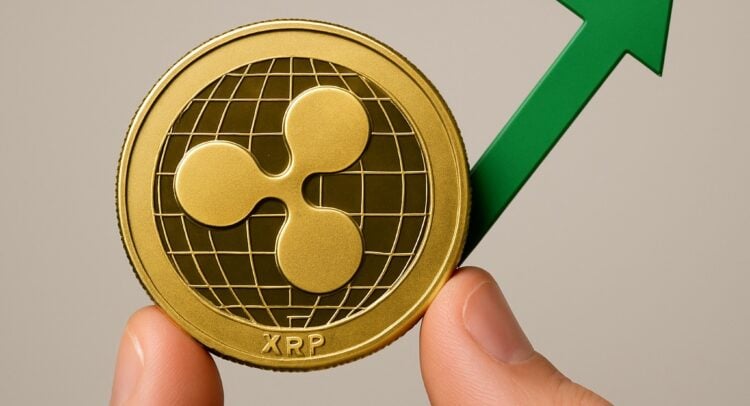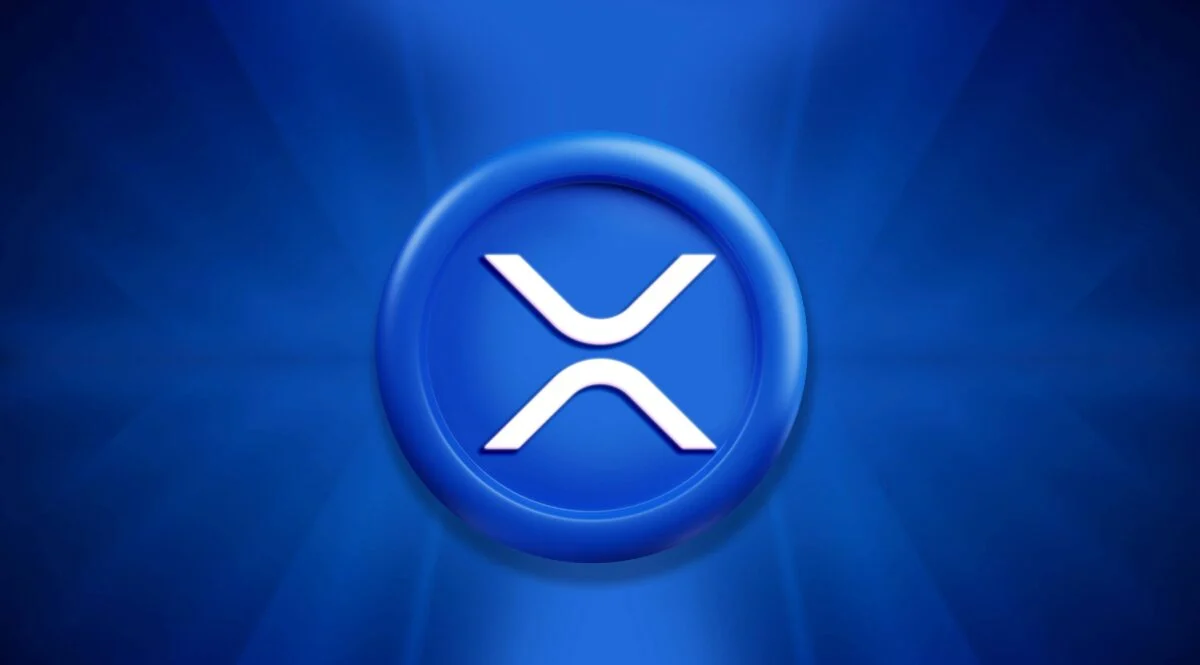
Founded in 1993, The Motley Fool is a financial services company dedicated to making the world smarter, happier, and richer. The Motley Fool reaches millions of people every month through our premium investing solutions, free guidance and market analysis on Fool.com, top-rated podcasts, and non-profit The Motley Fool Foundation.
Founded in 1993, The Motley Fool is a financial services company dedicated to making the world smarter, happier, and richer. The Motley Fool reaches millions of people every month through our premium investing solutions, free guidance and market analysis on Fool.com, personal finance education, top-rated podcasts, and non-profit The Motley Fool Foundation.
Founded in 1993, The Motley Fool is a financial services company dedicated to making the world smarter, happier, and richer. The Motley Fool reaches millions of people every month through our premium investing solutions, free guidance and market analysis on Fool.com, top-rated podcasts, and non-profit The Motley Fool Foundation.
Founded in 1993, The Motley Fool is a financial services company dedicated to making the world smarter, happier, and richer. The Motley Fool reaches millions of people every month through our premium investing solutions, free guidance and market analysis on Fool.com, personal finance education, top-rated podcasts, and non-profit The Motley Fool Foundation.
You’re reading a free article with opinions that may differ from The Motley Fool’s Premium Investing Services. Become a Motley Fool member today to get instant access to our top analyst recommendations, in-depth research, investing resources, and more. Learn More
Key Points
Ripple's regulatory woes are over, but its XRP cryptocurrency faces a number of other headwinds.
The XRP (XRP 0.50%) cryptocurrency was created by a company called Ripple. It was designed as a bridge currency for the Ripple Payments network, which helps global banks send money across borders instantly, and with negligible costs.
Ripple was locked in a brutal five-year legal battle with the U.S. Securities and Exchange Commission (SEC), until the regulator dropped the case in August as part of President Donald Trump’s pro-crypto agenda. This was a key reason XRP recently reached the highest price since 2018, and many investors are betting on further upside.
However, XRP is still dealing with a few other hurdles, which could keep a lid on additional gains from here. In fact, history suggests that the token might be heading significantly lower instead. Here’s where I predict it will be five years from now.
Image source: Getty Images.
The world’s largest cryptocurrency, Bitcoin, is fully decentralized, meaning it can’t be controlled by any person, company, or government. There will only ever be 21 million Bitcoin in circulation, and nobody can alter that number. XRP doesn’t share those attributes.
XRP has a total supply of 100 billion tokens, with 59.8 billion currently in circulation. Ripple controls the rest and gradually releases them as necessary to meet demand, which is what caught the attention of the SEC. The regulator sued Ripple in 2020, arguing that XRP should be classified as a financial security, just like shares and bonds which are also issued by companies.
This would have placed Ripple under a strict regulatory framework, potentially hampering its business model, so it’s no surprise that the lawsuit depressed XRP’s price for years.
However, a judge issued a ruling in August 2024 that favored Ripple. The SEC appealed the decision, but its plans changed when Trump took office earlier this year and appointed crypto-advocate Paul Atkins to run the agency. Under Atkins’ leadership, the SEC dropped its appeal against Ripple last month, putting an official end to the five-year battle.
Although the response from investors was positive, friendly regulation alone might not be enough to carry XRP higher over the long term.
XRP plummeted by as much as 92% within a year after hitting its previous record high in January 2018. Five years later, in January 2023, it was still down by 90%. The token has already declined by more than 20% from its more recent peak, and I predict further downside is on the way.
Banks don’t have to use XRP to benefit from instant cross-border transactions through Ripple Payments, because the network also supports fiat currencies. Therefore, the network’s success won’t necessarily translate to a higher value for XRP over the long term.
Ripple also launched its own stablecoin called Ripple USD (RLUSD 0.01%) at the end of 2024. Since it’s pegged to the value of the U.S. dollar, it offers a new way to send money through Ripple Payments with practically zero volatility. The value of XRP can fluctuate significantly from day to day, so Ripple USD might be a better option for risk-averse banks, even if their holding periods are very brief.
Since stablecoins are fully backed by safe assets like cash and Treasury bonds, they tend to get preferential treatment from regulators compared to traditional cryptocurrencies. In fact, the U.S. government passed the Genius Act in June, which governs the use of stablecoins in the financial system. Clear rules typically give banks and consumers more confidence to adopt new financial technologies, especially when substantial amounts of money are at stake.
Finally, as I mentioned earlier, the SEC’s lawsuit against Ripple suppressed the price of XRP after 2020. In other words, the token’s value is influenced by the issues facing its parent company, which is a pitfall of centralized cryptocurrencies. There is no guarantee that the U.S. government will maintain its crypto-friendly approach when the next administration takes office in 2028, which is a lingering risk for investors.
As a result, I predict that XRP will be substantially lower in five years. It might even decline by 90% from its recent peak, the same way it was down by 90% five years after setting its 2018 record high. That would translate to a price per token of just $0.36.
Anthony Di Pizio is a contributing Motley Fool technology analyst covering artificial intelligence, cloud computing, autonomous vehicles, and enterprise software. Previously, Anthony was a licensed fund manager, stock broker, and corporate advisor. He holds a bachelor’s degree in commerce and economics from Macquarie University in Sydney, Australia, along with ASIC RG146 certifications in financial securities and derivatives.
Anthony Di Pizio has no position in any of the stocks mentioned. The Motley Fool has positions in and recommends Bitcoin and XRP. The Motley Fool has a disclosure policy.
Stocks Mentioned
*Average returns of all recommendations since inception. Cost basis and return based on previous market day close.
Related Articles
Invest better with The Motley Fool. Get stock recommendations, portfolio guidance, and more from The Motley Fool’s premium services.
Making the world smarter, happier, and richer.
© 1995 – 2025 The Motley Fool. All rights reserved.
Market data powered by Xignite and Polygon.io.
About The Motley Fool
Our Services
Around the Globe
Free Tools
Affiliates & Friends
source












